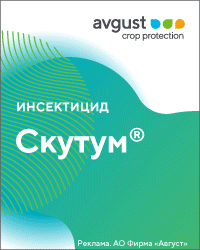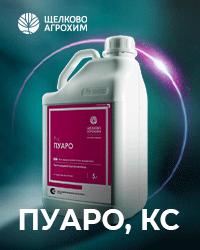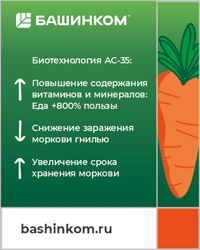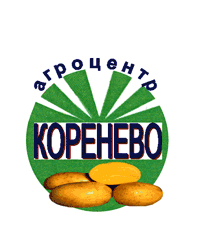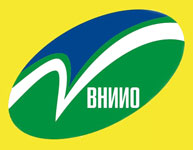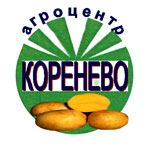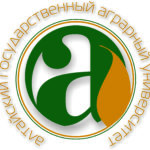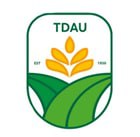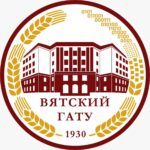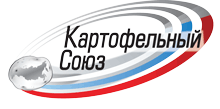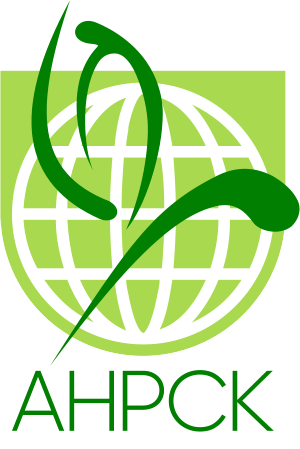UDC 635.33/631.81
https://doi.org/10.25630/PAV.2025.26.84.002
Yanchenko E. V., Mudrechenko S. L., Yanchenko A. V., Ivanova M. I.
Chinese cabbage is an economically significant crop that is gaining popularity in our country. The reduction in imports of Chinese cabbage to Russia indicates an increase in domestic production and the provision of domestic products to the market. The cultivation of Chinese cabbage is a promising area of agricultural business due to the high market value of products, stable consumer demand, high yields (up to 60 t/ha), as well as the ability to harvest twice a year in the open ground. Nevertheless, a significant part of the Chinese cabbage consumed in Russia still comes from abroad. The agronomic characteristics of Chinese cabbage depend significantly on the environment. In the Russian Federation, the yield of Chinese cabbage heads is 40-61 t/ha. High yields are impossible without balanced plant nutrition. Nitrogen removal of 1 ton of green mass is 1.6-3.0 kg, phosphorus – 1.0-1.4 kg, potassium – 3.1-5.1 kg. The optimal rate of organic fertilizers for Peking cabbage is 10-30 t/ha. The heads contain 4.6-5.9% of dry matter, 17-26 mg% of vitamin C, 0.4-0.9% of reducing sugars, 400-1100 mg / kg of crude weight of nitrates. During the period of head formation, up to 3 top dressing per week with a 1.5% solution of calcium nitrate is recommended against marginal leaf burn. Compared with mineral fertilizers, the use of organic fertilizers can significantly improve yields and commercial yields by 10.1% and 35.6%, respectively, and increase the nutrient content in the soil. The application of organic fertilizers can significantly increase the content of vitamin C (by 11.1%), soluble sugar (by 19.2%) and soluble protein (by 8.8%) and reduce the content of nitrates and nitrites with a decrease to 19.0% and 20.9%, respectively.
Key words: Chinese cabbage, Brassica rapa L. subsp. pekinensis, agronomic characteristics, yield, mineral fertilizers, organic fertilizers, macro- and microelements, nutritional quality
Yanchenko E.V., Cand. Sci. (Agr.), leading research fellow. E-mail: elena_0881@mail.ru
Mudrechenko S.L., research. E-mail: msl70@mail.ru
Yanchenko A.V., Cand. Sci. (Agr.), leading research fellow. E-mail: laboratoria2008@yandex.ru
Ivanova M.I., Dr. Sci. (Agr.), professor of RAS, chief research fellow. E-mail: ivanova_170@mail.ru
All-Russian research institute of vegetable growing – branch of FSBSI Federal scientific center of vegetables (ARRIVG – branch of FSBSI FSCV)
- Peking cabbage in Russia: five trends changing the entire industry [Web resource] URL: https://tebiz.ru/pekinskaya-kapusta-v-rossii-pyat-trendov-menyayushchih-vsyu-otrasl Access date: 03.09.25 (In Russ.).
- Zhukova G.F., Kudryashova L.A., Muravin E.A. Influence of nitrogen nutrition level on the yield of cabbage family vegetable crops, the content of nitrates and N-nitrosoamines in the products. Optimization of plant nutrition under conditions of chemical farming. Collection of scientific papers. Moscow. 1987. Pp. 36–41 p. (In Russ.).
- Andreev Yu.M., Osipova A.V. Chinese cabbage. New Gardener and Farmer. 2004. No6. Pp. 18–19 p. (In Russ.).
- Paponov A.N., Ignatova A.N. Influence of the level of mineral nutrition on the productivity and accumulation of nitrates by Chinese cabbage. Adaptive technologies in crop production. Materials of the scientific and practical conference. Izhevsk. 2005. Pp. 291–293. (In Russ.).
- Golikov G. V. Application of fertilizers for head lettuce and Chinese cabbage in protected soil: specialty 06.01.04 «Agrochemistry»: abstract of a thesis for the degree of Candidate of Agricultural Sciences. Moscow. 1991. 24 p. EDN ZJQLFN. (In Russ.).
- Shapoval I.E., Dyomin V.A., Rodionov V.A. Mineral Nutrition, Yield, and Quality of Chinese Cabbage. Potatoes and vegetables. 2012. No1. Pp. 13–14 p. (In Russ.).
- Kuzina L.B. On the issue of cultivation technologies and optimal doses of mineral fertilization for Chinese cabbage on sod-podzolic soils in the middle zone (based on the domestic hybrid F1 «Nezhnost»). Bulletin of Science and Practice. 2016. No4(5). Pp. 136–144. DOI:10.5281/zenodo.54022 (In Russ.).
- Demin V.A., Rodionov V.A. Yield and quality indicators of Chinese cabbage (Brassica pekinensis Skeels) at different doses of mineral fertilizers. Izvestiya of the Russian State Agrarian University – Moscow Agricultural Academy. 2018. No1. Pp. 5–17. DOI: 10.26897/0021-342X-2018-1-5-17. (In Russ.).
- Zastavnyuk A.D., Monakhos G.F., Monakhos S.G. Evaluation of productivity and suitability for long-term storage of CR-hybrids of Peking cabbage. Siberian Journal of Life Sciences and Agriculture. 2025. Vol. 17. No1. Pp. 205–228. (In Russ.).
- Bagrov R.A., Deniskina N.F., Kostenko G.A. Results of assessing white cabbage and Chinese cabbage for resistance to cabbage moth and cabbage weevil. Potato and Vegetables. 2020. No7. Pp. 37–40. (In Russ.).
- Monakhos G.F., Monakhos S.G. Peking cabbage Brassica rapa L. Em. Metzg. ssp. pekinensis (Lour.) Hanelt. Publishing house of the Russian State Agricultural Academy named after K.A. Timiryazev. 2009. 182 p. (In Russ.).
- Demin V.A., Rodionov V.A. Justification of the combined use of potassium and nitrogen fertilizers for hybrid Chinese cabbage. Izvestiya of the Timiryazev Agricultural Academy. 2020. No1. Pp. 20–32. DOI 10.26897/0021-342X-2020-1-Pp. 20–32. EDN VJZHQU. (In Russ.).
- Keleuridze D.N. Productivity of Chinese cabbage in greenhouses in the Moscow region. Selection, seed production, and agricultural techniques for vegetable crops. Moscow. 1982. Pp. 67–69. (In Russ.).
- Smirnov N.A. Increase the production of green vegetables (review). Fruit and Vegetable Farming. 1985. No6. Pp. 13–14. (In Russ.).
- Rodionov V.A., Demin V.A., Larchenkova I.V. Study of the effect of boron and zinc micronutrients on the yield, nitrate content, and other quality indicators of Chinese cabbage. Innovative Scientific Research in the Modern World: Theory, Methodology, and Practice: Collection of Scientific Articles Based on the Materials of the XIV International Scientific and Practical Conference, Ufa, April 12, 2024. Ufa. Scientific and Publishing Center «Vestnik Nauki» LLC. 2024. Pp. 45–67. EDN WONVRP. (In Russ.).
- Sychov V.G., Chupahin D.A., Orlova V.A. Selenium content in Chinese cabbage depending on the amount of sodium selenate used. Fertility. 2009. No3(48). Pp. 50–52. (In Russ.).
- Demin V.A., Rodionov V.A. Yield and quality indicators of Chinese cabbage (Brassica pekinensis Skeels) at different doses of mineral fertilizers. Izvestiya of the Russian State Agrarian University – Moscow Agricultural Academy. 2018. No1. Pp. 5–17 p. DOI: 10.26897/0021-342X-2018-1-5-17. (In Russ.).
- Demin V.A., Rodionov V.A. Fertilizing Chinese cabbage. Potato and vegetables. 2016. No4. Pp. 19–20. (In Russ.).
PDF(Rus)
For citing: The effect of mineral and organic fertilizers on the agronomic characteristics of Chinese cabbage. E.V. Yanchenko, S.L. Mudrechenko, A.V. Yanchenko, M.I. Ivanova. Potato and vegetables. No6. Pp. 30-35. https://doi.org/10.25630/PAV.2025.26.84.002 (In Russ.).

